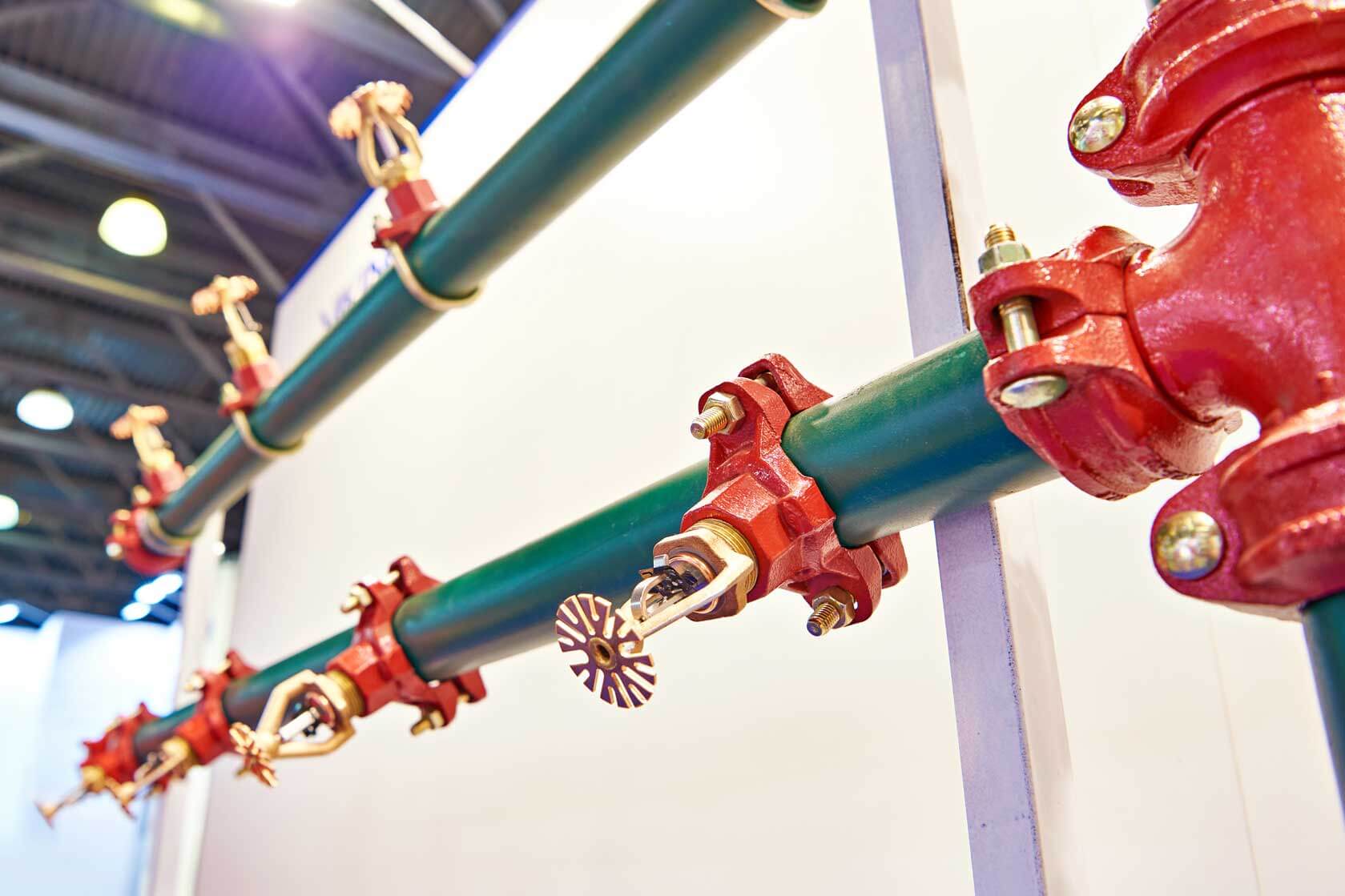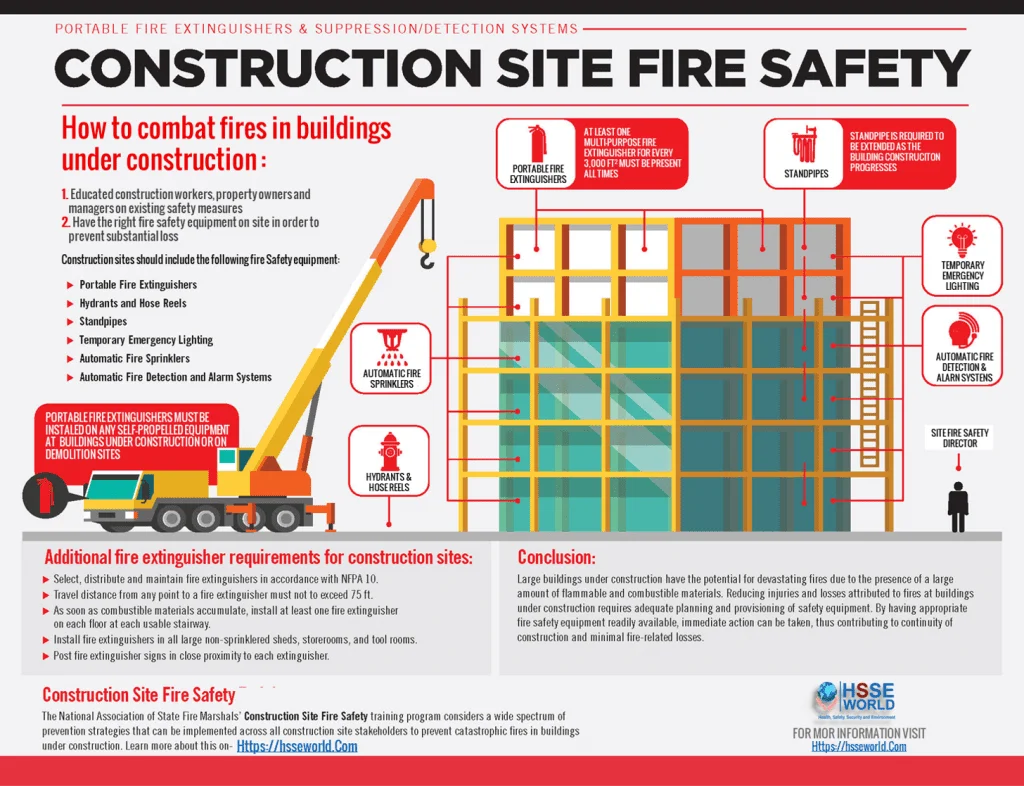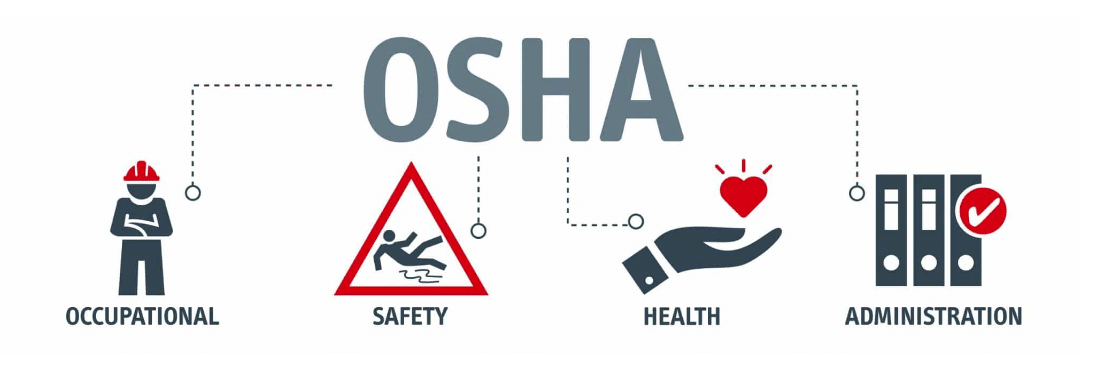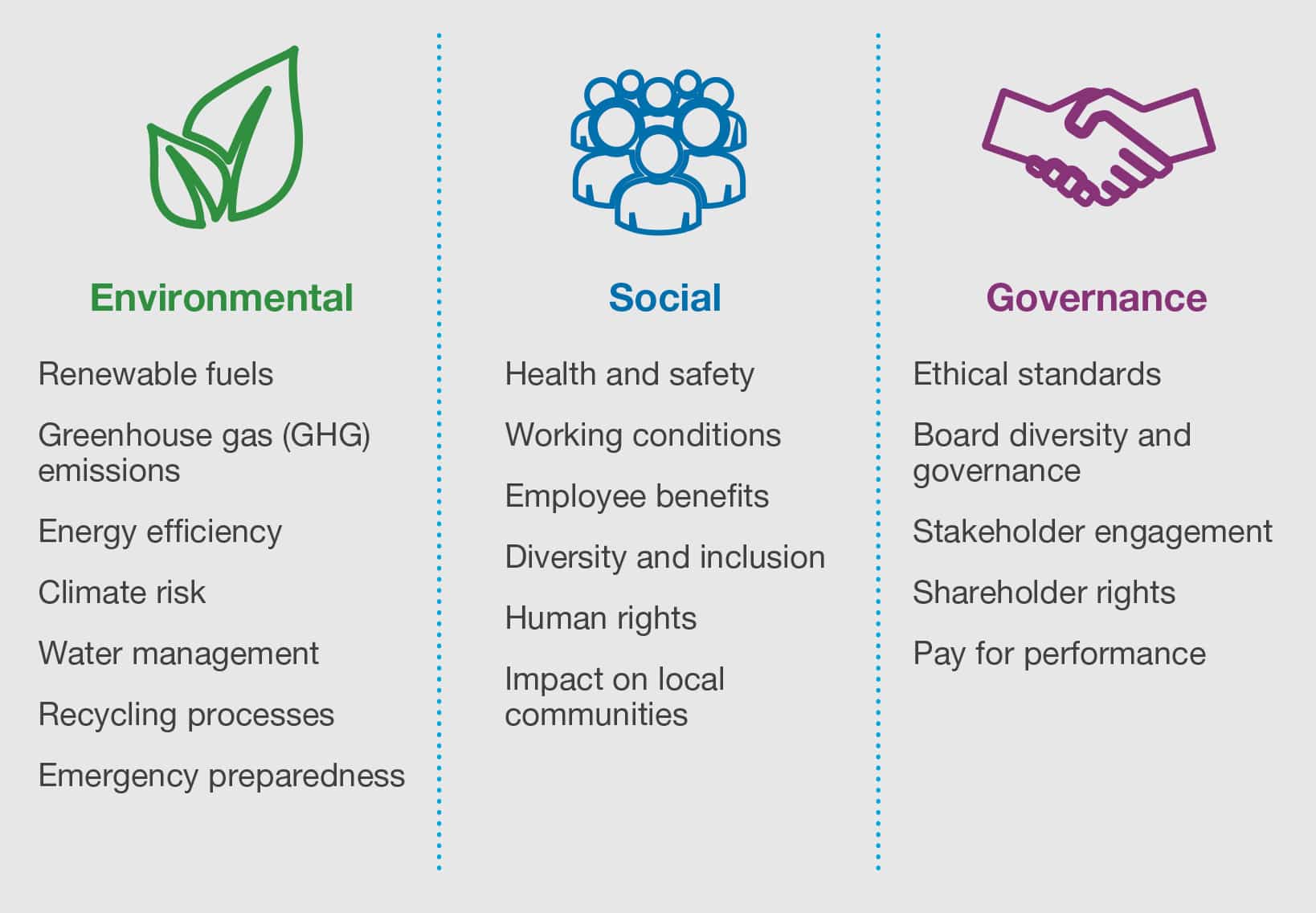Most modern buildings today must comply with fire safety standards before being approved for occupancy. However, when it comes to the construction process of buildings, there are much fewer requirements.
As a result, construction companies tend to neglect fire safety at the construction site. In fact, 51% of construction workers would not know what to do in the event of a fire at their worksite.
This may be why fires on construction sites, while accounting for only 1% of all the reported structure fires, cause 3% of the direct property damage in structure fires – or $370 million annually in the US alone. There’s a dire need for a formal and standardized fire prevention program at any construction site, starting with a fire prevention plan.
What is a fire prevention plan?
A fire prevention plan (often abbreviated as FPP) is a comprehensive document that details the site-specific steps, procedures, and protocols to prevent and mitigate fires at a construction site.
It also addresses the actions your employees should follow in the unfortunate case of a worksite fire.
You should shape your project’s fire prevention plan according to local construction fire safety regulations, codes, and standards. Such standards may encompass building materials, emergency exits, fire alarm systems, sprinklers, and other fire suppression measures.
Your plan should also consider the results of a professional fire risk assessment of the site conducted by a certified fire safety inspector. Once this document is completed, you can integrate it into your broader construction risk management plan to streamline risk management workflows.
What should you include in your fire prevention plan?
Typically, a construction site fire prevention plan includes
- General description of your fire safety objectives.
- A list of stakeholders, their roles, and the duties of everyone involved in on-site fire prevention and mitigation.
- Fire hazards, risks, and applicable controls at the site (such as guidelines for storing combustible materials and their locations).
- Task-specific fire safety rules and procedures (including safety instructions for performing “Hot Work” and using certain types of equipment).
- Fire suppression systems, including portable and stationary extinguishing systems and alarm systems.
[ Source: HSSE WORLD | Health, Safety, Security and Environmental ]
Why plan for disaster? 7 Benefits of a fire prevention plan in construction and renovation projects
1. Regulatory compliance
Construction site safety standards, like those issued by the Occupational Safety and Health Administration (OSHA), the National Fire Protection Agency NFPA 241, the International Fire Code (IFC) Chapter 33, and other applicable codes, mandate a fire prevention plan be documented and kept at the worksite. This plan should be available for employees to review at any time.
For example, to comply with OSHA standards, your fire prevention must include at least:
- A list of all significant fire hazards, proper handling and storage procedures for hazardous materials, potential ignition sources and their control, and the type of fire protection equipment necessary to control each significant hazard.
- Procedures to control accumulations of flammable and combustible waste materials.
- Procedures for regular maintenance of safeguards installed on heat-producing equipment to prevent the accidental ignition of combustible materials.
- The name or job title of employees responsible for maintaining equipment to prevent or control sources of ignition or fires.
- The name or job title of employees responsible for controlling fuel source hazards.
2. Reduced builders’ risk insurance cost
Builders ' risk insurance policies typically cover fire damage at construction sites. However, if you look at the application forms from builders’ risk insurance companies, you will notice a question about the existence of a fire prevention plan.
If your answer to that question is “no,” you will likely find yourself with the fire clause excluded or increased builders’ risk insurance costs for fire-related damages. Insurers may also increase deductibles to mitigate their financial risks in the event of fires, so construction companies may face higher expenses before insurance coverage kicks in.
3. Enhanced worksite safety
According to the NFPA, fires at construction sites result in an annual average of five civilian deaths and 59 civilian injuries in the United States alone. Having an accessible fire prevention plan and ensuring all employees know their role in fire prevention and mitigation is critical to preventing tragedies that can cost people their lives and cast a dark shadow on your business and brand.
4. Environmental sustainability
Construction site fires are a sustainability risk as they produce harmful pollutants and greenhouse gases, contributing to air pollution and climate change. Your environmental negligence can also turn into costly fines from local government authorities, particularly as the run to net zero intensifies.
Preventing fires with the support of a fire prevention plan can help you conserve resources, implement energy efficiency, and build infrastructural resilience. Consider incorporating your fire prevention efforts into your ESG policies to improve regulatory compliance, risk management, and your overall sustainability strategy.
5. Business and brand reputation assurance
Even if you’re lucky and a fire does not result in casualties and other types of loss, it can cause severe damage to the hard-earned reputation of your business. A fire prevention plan not only lowers the risk of fire and its consequences but also helps demonstrate your organization’s commitment to workplace safety by listing the precautions you’ve put in place.
6. Reduced risk of property and asset damage
A fire can be devastating for any business. It can destroy equipment, inventory, materials, documents, and vehicles and even spread to adjacent buildings, causing even more damage you may be liable for. Your fire prevention plan should address these risks and include the steps and measures you and your employees should take to protect valuable assets and property from fire damage.
7. Minimized impact on operations
Keeping timelines and delivery schedules in construction projects is vital. Every delay means changes to employee shifts, material deliveries, vehicle rental periods, and even the extension of builders’ risk and other insurance policies. A fire at your worksite can devastate business operations, incurring extensive losses. With a fire prevention plan, you can minimize the disruption to your construction operations by increasing employee readiness to respond to fire emergencies, thus reducing the chances of a fire spreading.

Water is the new fire? How WINT can help with Water Risk Mitigation
Nowadays, water related damage accounts for more than 30% of the claims and loss ratio in builder’s risk insurance. With the number of water incidents surpassing the volume and cost of fire associated insurance payouts, water is considered the most common cause for insurance claims both in Builder’s Risk and P&C policies.
With a comprehensive water damage mitigation strategy alongside fire prevention plans in your construction projects, you may be able to get financial benefits and more favorable terms in your builders’ risk and property insurance policies.
WINT Water Intelligence solution enables you to manage the water supply at your construction sites and throughout the building lifecycle, so you can map out an effective water mitigation plan and protect your property from the risk of costly leaks, preventing damage, and preserving water by eliminating water waste. Plus, it lets you deploy as you advance in your project to provide complete coverage of the building’s water flow.




